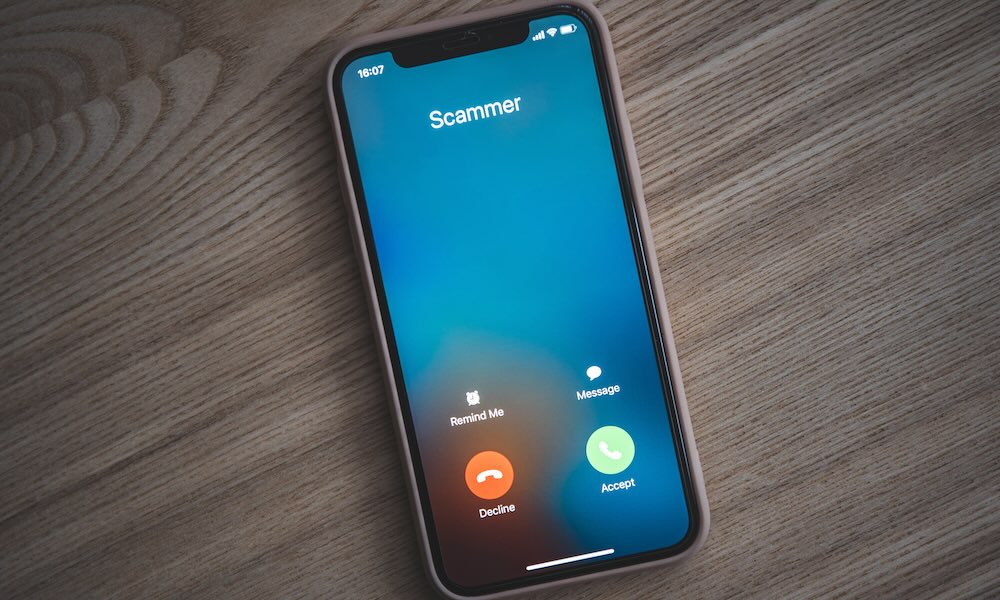What is Phone Spoofing and How to Avoid This Costly Scam
 Credit: Rokas / Adobe Stock
Credit: Rokas / Adobe Stock
Toggle Dark Mode
You might have heard the phrase “spoofing” in regard to email scams. Spoofing an email address means the sender is able to alter the “from” email address to make the email appear as if it has been sent by a trusted source. Phone spoofing is a similar tactic.
In the case of phone spoofing, scammers manipulate the caller ID information displayed on your iPhone. Instead of showing the actual number they are calling from, caller ID shows a different number. The goal is that you recognize or trust this number. Ultimately, the scammer’s goal is to dupe you into answering the call and then divulge personal information or make a financial transaction.
Phone spoofing is accomplished through various technologies and software. The most common method scammers use is VoIP (Voice over Internet Protocol) services, which allow users to make calls over the Internet, often with the ability to alter the caller ID.
In addition, there are some apps available that are marketed as tools for pranks but are oftentimes used for malicious purposes. Some telecom companies also offer services that can change the caller ID. Again, this offering is designed for legitimate purposes but is commonly exploited by scammers for fraudulent activities.
Common Phone Spoofing Scams
Common phone spoofing scams include the following:
- Phishing: Scammers pretend to represent your bank or another trusted institution and ask you to make a specific transaction or to provide sensitive information.
- Tech Support Scams: Callers call to warn you of a non-existent problem with your computer with the goal of getting you to download dangerous software.
- IRS Scams: Scam callers may impersonate IRS agents or other collection agencies insisting on immediate payment to avoid legal action.
- Prize and Lottery Scams: The caller will notify you that you’ve won something but must pay fees or taxes upfront.
How to Protect Yourself from Phone Spoofing
While you can’t completely protect yourself from phone spoofing, there are some basic steps you can take to safeguard against it. They include the following:
- Don’t answer unrecognized numbers. Wait for a voicemail to decide whether or not to return the call.
- Don’t trust caller ID alone. If you do receive a call claiming to be one of your trusted institutions, like your bank, verify their identity before taking any requested actions. You can do this by contacting the organization directly using a publicly available number.
- Add your number to the National Do Not Call Registry.
- Use spam call-blocking apps.
- Report suspicious calls to the FTC.
- Educate others. Awareness is the first line of defense. Now that you’re familiar with common phone scams, educate your family and friends.
Phone spoofing is yet another deceptive practice fraudsters employ. If you fall for it, the consequences can be extremely serious. Follow the simple, proactive steps in this post to protect yourself and avoid becoming a victim. Always verify the identity of the caller and never share personal information over the phone unless you are absolutely certain of who you are speaking to. Everyone lets their guard down occasionally, so remember to stay vigilant.








